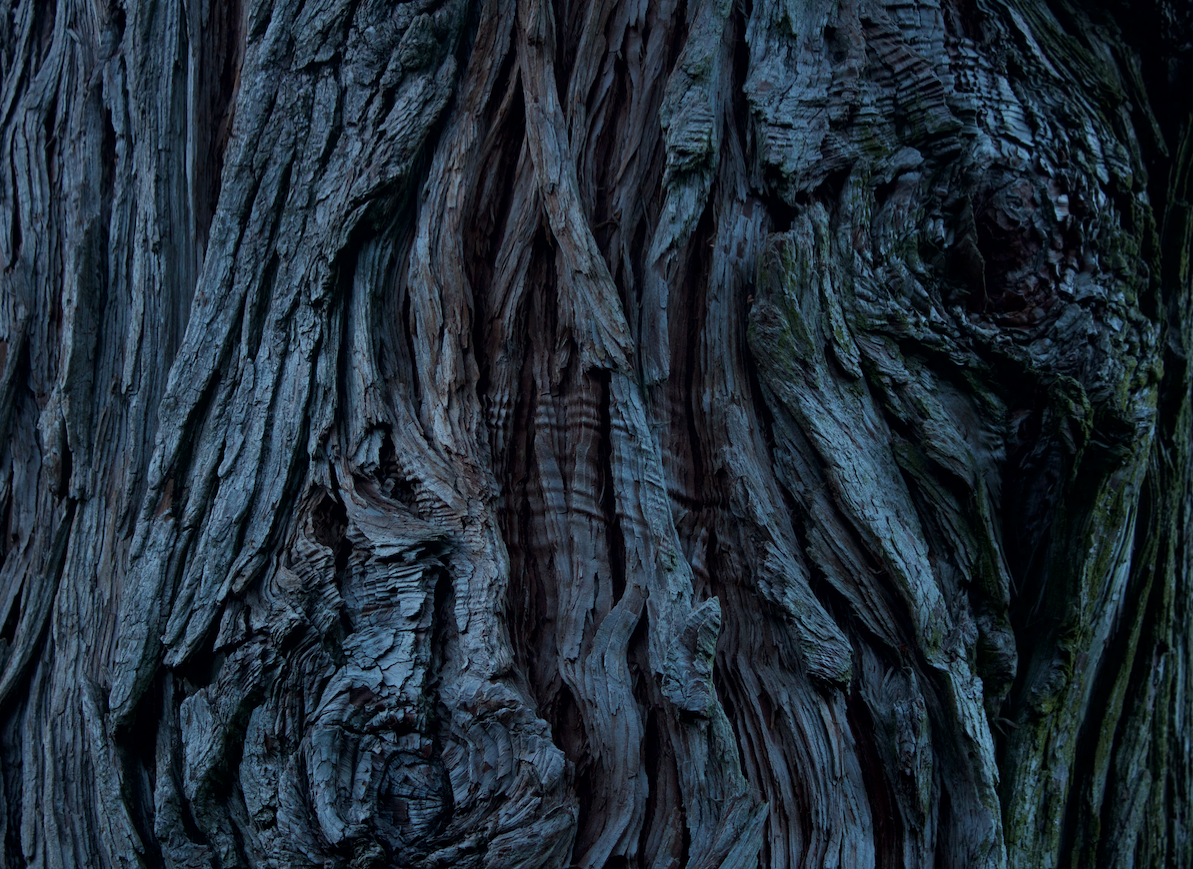Duardin, wood and cavalry orders.
A fragment of #ScrapLore it's a little information splinter that sticks in your brain when you're reading a novel.

A fragment of #ScrapLore* it's a little information splinter that sticks in your brain when you're reading a novel. The most of the times you don't even notice, but sometimes you know that's going to take you somewhere. If you have jumped from a Black Library book to eBay to buy dozens of plastic bits to convert your army according to a tiny idea no one noticed, you know what I'm talking about.
*From the English term scrap-code, used in the Horus Heresy & Warhammer 40K settings, it's usually used for little evil code, part program and part daemon, that can infect the Mechanicum's creations, turning them agains their creators, mutating their data buffers, functions and allegiances.
[This post was originally written in Spanish for a hobby blog called Segmento Solar, and was meant to be published in January 2019. It contains mild spoilers of Eight Lamentations: Spear of Shadow and Hallowed Knights: Plague Garden by Josh Reynolds, and of course The End Times saga. I'm sorry in advance for my crappy English, but I hope you enjoy this as much as I did reading the novels Josh wrote.]
For Sylvaneth collectors, the Ironwood word will ring a bell. It's not exactly the same as Ironbark, but they are similar. Weapons, armour or even parts of the forest's spirits are made of this material. It's hard as iron but it's alive. It's vulnerable to fire attacks, but contrary to forged metal objects, it grows on it's own.
But the thing that makes it special is the fact that other races in the Eight Realms use it, so Sylvaneth aren't the only civilization based on it. The first contact we have with Ironwood in Spear of Shadows is because of Roggen, a quaint knight with a peculiar kind of armour:
The ragged tabard he wore over his armour was the colour of tree moss, and a helm crafted in the shape of a stag’s head, complete with curved, thorn-like antlers, sat on the table. As Volker took his hand, he realised that Roggen’s gauntlet wasn’t made of iron or bronze, but some sort of incredibly tough fibre. The big man noticed his look and chuckled. ‘Ironwood,’ he said. He knocked on his chest-plate. ‘Hard as metal, but it lives and breathes.’ ‘And in the spring, it sheds leaves everywhere,’ Zana said. She leaned back in her chair, legs crossed on the tabletop. ‘Burns easy, too.’ Roggen shrugged. ‘At least I do not have to take it off when I fall in the water.’ ‘Do you fall in the water a lot, then?’ ‘Do you get set on fire often?’ Roggen retorted. Zana laughed.
He's a member of a knightly order in Ghyran, who protects the glades from their enemies (mostly Maggotkin) while proudly wearing a living armour. But now you're thinking "Wait, Isn't he a Freeguild knight? A human who worships Alarielle and uses Sylvaneth materials? (I'm supposing here you don't recall Bretonnians worshiping The Lady, who ended being the elven goddess Lileath).
But let's see what's next:
The demigryph shrieked in what Volker hoped was recognition as it swung around to face Roggen. The big beast was covered in brownish, shaggy fur and vibrant green feathers. Dark ironwood armour covered the creature in places, and it wore a heavy saddle. With a sinking sensation, he suddenly realised just what sort of knightly order Roggen belonged to. He looked at Zana, his eyes wide. ‘You could have warned me.’
You are reading it right. A Demigryph Knight. You can't get anything more "Imperial" than that, can you? (Now there's someone at the end of the room moaning "damn ecologists, they are ruining the hobby"). And if you think Roggen is cool, you should know about Zana and Harrow (the demigryph).
Probably. Your sword… it’s wood as well?’ Volker asked after a moment, studying the blade the other man held. Roggen nodded, still chewing. ‘Made from the seedpod of a devourer plant.’ He turned the dark sword over so that Volker could see. Thick, vein-like undulations connected the sharpened blade to the leather-wrapped hilt. The pommel stone was a pearlescent gem, uncut and heavy. ‘You have to whittle and scrape away the excess sap and fibres after you shatter the pod. Then you layer the pieces, one atop the other with a slather of the sap between them. You have to press on it for days, squeezing and leaning, until it’s flat enough to begin carving away all that is not blade.’ He held up the sword. ‘It takes weeks. But when you are finished – ha!’ He pivoted, bringing the blade down. It hissed as it parted the air. He turned, holding up the blade. ‘It will cut through metal as easily as it does wood.’ He looked at the bread he held. ‘Though maybe not this.’ He handed it back to Zana ruefully.
Not only Roggen's armour and Harrow's bard are made of Ironwood (Harrow's made of ironoak, to be exact), he even has a sword made from a carnivorous plant that cuts metal as easily as wood. You didn't have this cool thing in the-world-that-was, right?
But who in his right mind would teach humans from Ghyran how to forge weapons and armour made of Ironwood? Clearly not the Aelfs, nor the Sylvaneth (that would mean some kind of taxidermy even Max couldn't endorse).
The answer is, ladies and gentlemen: Dwarves. I mean, Duardin.
Lugash, the group's Fyreslayer, can't believe this at all. At some point, he says “You wouldn’t catch a duardin using a blade of wood, no matter how sharp" to Roggen. The answer made me stand up when I was reading the novel for the first time: "Who do you think taught us how to make these?".
So, here's when we first hear about the legend of the root-kings, a Duardin civilization, "proud and shy" who "delved deep, and rarely surfaced, and then only to trade". We don't know much about them, besides that "some say they abandoned the world when the Lady of Leaves vanished into the Athelwyrd".
In fact, Reynolds mentions the root-kings and their armour again in Plague Garden:
Tornus studied the duardin wonderingly. He had fought such beings before, in darker times. Torglug the Woodsman had hewn apart the ironwood shields of the root-kings, and cast down their stoneoak citadels.
So, at this point I must say that If you liked this story, and you love the plotting of the Gods (like in 1981 Clash of Titans), you're a fan of Indiana Jones movies and you can imagine a Temple of Doom made of giant roots carved by Fyreslayers, infested by fungus, venomous spiders and worse things, Spear of Shadows is for you.
Now is time to ask your friends for Sylvaneth bits and painting your Freeguild soldiers in wooden armour.
PS: You can follow Roggen and Harrow's adventures in The Tainted Axe, an exciting story written (again) by Josh Reynolds.
Images: The picture shown in this post is under a CC license and can be found here: https://commons.wikimedia.org/wiki/File:CEDAR_TREE_BARK.png
